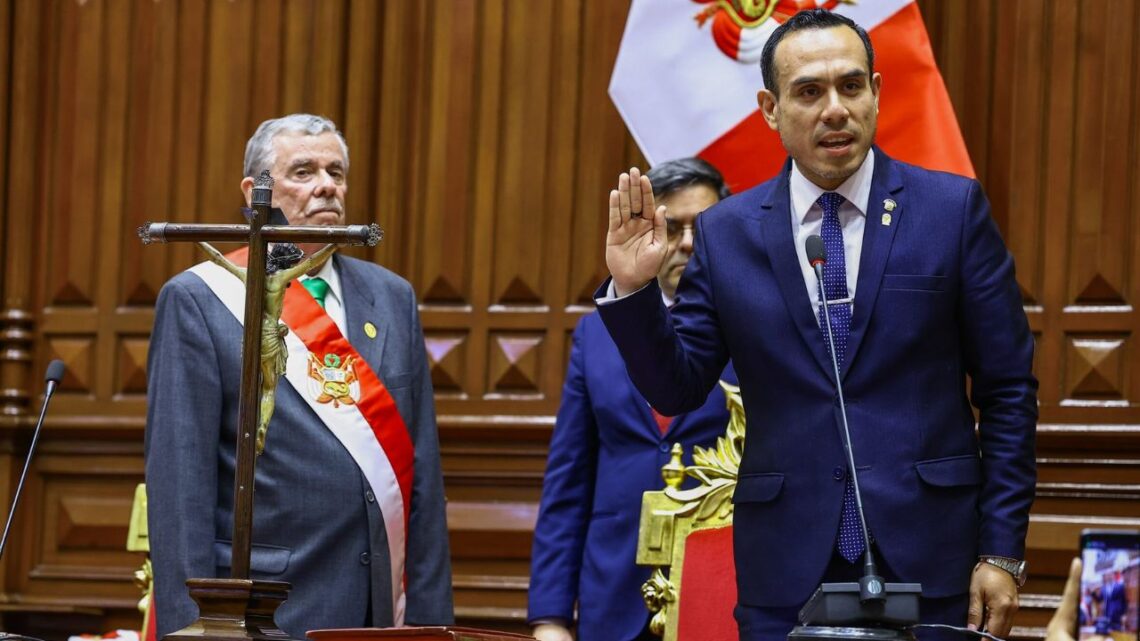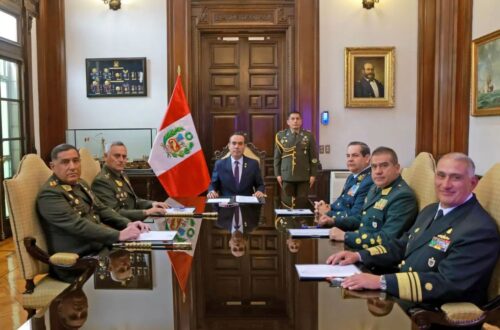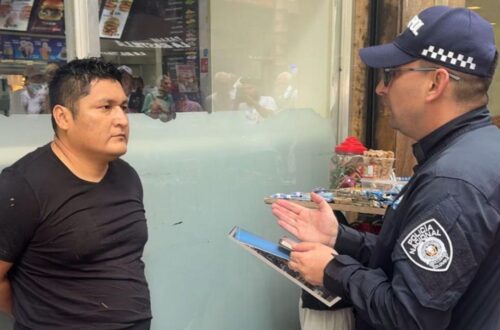In a stunning political upheaval, Peru’s Congress impeached President Dina Boluarte in the early hours of October 10, 2025, and immediately installed José Jerí as interim president.
The change comes with just six months to go until the next national elections, plunging the country into another swirl of instability, public distrust, and urgent questions about what comes next.
This article unpacks why Boluarte was removed, the scale of the crises she faced, who Joseph Jerí is, and how Peru plans to navigate this dangerous political terrain.
What Led to the Impeachment?
1. Security breakdown & mounting violence
Public safety deteriorated sharply under Boluarte’s tenure. Extortion complaints surged from 2,396 in 2023 to over 15,336 in 2024 — an increase of more than 540%.
Bus drivers became particular targets: by some counts, 47 drivers were murdered in 2025 amid gang violence.
A gun attack on a cumbia concert in Lima, where masked assailants opened fire on a performing group, was widely seen as the breaking point that rallied Congress behind impeachment.
2. Political legitimacy collapsed
Boluarte left office carrying one of the lowest approval ratings in Peru‘s modern history — reportedly 96% disapproval. Congress itself was hardly more trusted, hovering near 89% disapproval.
She was also embroiled in scandal: from allegations of illicit enrichment, including questions over her luxury watch collection, to accusations of abusing presidential power.
As her coalition partners withdrew support, Congress moved decisively to charge her with “permanent moral incapacity,” the constitutional basis for removal.
Key Facts at a Glance
| Factor | Figure / Detail | Significance |
|---|---|---|
| Vote to remove Boluarte | 122–0 in Congress | Unanimous decision, signaling consensus for change |
| Extortion complaints (Jan–Jul 2025) | ~15,989 | Up ~28% over same period in 2024 |
| Presidential turnover | 7 leaders in ~9 years | Reflects chronic political instability |
| Approval rating (Boluarte) | ~4% or worse | Demonstrates near-total public rejection |
| Next elections | April 12, 2026 | Transition government must bridge until then |
Who Is José Jerí — Peru’s New Interim Leader?
José Jerí, 38, was the President of Congress at the time of Boluarte’s impeachment. Under the rules of presidential succession, and with no vice president in place, he was next in line.
His ascension came midnight on October 10, immediately after the impeachment vote. He now faces the daunting task of governing during a fraught transition period.
Though relatively unknown nationally, Jerí has already faced criticism and baggage: some past accusations of sexual misconduct and involvement in politically controversial decisions. He has denied wrongdoing and now must establish legitimacy fast.
Jerí has pledged to lead a transitional government, fight organized crime, preserve constitutional order, and oversee elections scheduled for April 2026.
Challenges Ahead: Can Jerí Calm the Storm?
1. Public unrest will persist
Protests and strikes have rocked Lima and other regions for months. The “Generation Z” youth movement has joined calls for deeper structural change, not merely cosmetic leadership swaps.
Even after Boluarte’s removal, new demonstrations are already planned. One activist warned Jerí may become “a president of a few days” unless he acts decisively.
2. Crime and gangs remain entrenched
Gangs like Los Pulpos and Tren de Aragua continue to operate with impunity, employing extortion, kidnappings, and targeted killings.
Just because the figurehead changed doesn’t mean the institutional weakness that enabled such crime disappears.
3. Economic fundamentals are shaky
While Peru’s economy has shown relative resilience — low inflation (below 1.4%) and a stable currency — much of the workforce operates informally (about 7 in 10 workers).
Investors will be watching closely: cabinet appointments, fiscal discipline, and credibility will all be put to test.
4. Institutional distrust cuts deep
After nearly a decade of revolving-door presidencies, citizens doubt whether any government can deliver stability.
Jerí will need to prove that this transition is not just another cycle of elite politicking.
Peru’s abrupt removal of Dina Boluarte reflects a crisis of legitimacy, security, and governance. The decision to impeach was fueled by violence, political collapse, and public revulsion.
José Jerí now stands at the helm of a transitional government in a fraught environment — with elections looming, protests surging, and criminal networks still in control.
Whether Peru’s newest president can stabilize the country hinges on one thing: credibility. If he governs like yet another placeholder, the nation may descend into deeper distrust.
But if Jerí uses this window to rebuild institutions, confront crime boldly, and restore faith, he might prove that even in political chaos, a path forward exists.









